I’ve been flying the DJI Avata 2 since its release, and while this drone is impressive within its design limits, it has some serious shortcomings that potential buyers should be aware of. Let’s dive into what makes this drone really good and why it can be a solid upgrade from the DJI Avata.
Ready to Fly Out of the Box
One of the biggest strengths of the Avata 2 is that it’s ready to go right out of the box. You don’t need extensive knowledge of FPV to start flying and enjoying it. DJI has done a terrific job of making this drone fly smoothly and be very easy to handle. It’s perfect for beginners who want to experience FPV flying.
Smooth Cinematic Flying
If you’re looking for smooth, cinematic flying and the feeling of being in the cockpit, this drone excels. The Avata 2 is fantastic for fun, relaxed flying with goggles, giving you that immersive experience. Even in manual mode, having a pause button is a great safety feature. If you get into trouble, the drone stops quickly and holds its position until you’re ready to continue.

Performance in Different Modes
In normal mode, the Avata 2 doesn’t quite feel like an FPV drone, but it gives beginners the feel of flying with goggles. Sport mode offers more speed and a taste of the FPV thrill. However, the drone really comes alive in manual mode, where you can remove the angle restrictions and push its limits.
I’ve pushed this drone to its limits, including chasing my buddy Jevan Dovey in the desert. Surprisingly, the Avata 2 can really move. In full manual mode, it offers a thrilling experience, especially with the easy Acro mode that DJI included. While not ideal for professional use, it gives you a taste of Acro flying.
Ideal for Smooth, Flowing Shots
This drone is excellent for smooth, flowing shots, flying through buildings, or in close proximity to objects. For protection, I recommend picking up ribbed rider protection from Original DoBo. Although I wouldn’t use this drone for high-end commercial work, it does perform well in certain situations, like chasing skiers down a hill.
Versatile Gimbal Control
One of the best features is the ability to vary the gimbal angle live on the fly. This flexibility allows you to adjust the speed and framing of your shots easily. This is something unique to the Avata 2 and is particularly useful in scenarios like filming skiers or indoor fly-throughs in big warehouses.
Remote ID Functionality
The Avata 2 comes with Remote ID functionality built-in, making it a good upgrade from the Avata 1. This means you don’t need to connect your phone to enable full remote ID functionality.
Easy to Use Controller
The other style controller is intuitive and works well. To test its ease of use, I handed it to my daughter, who had no FPV experience. She found it very easy to fly, similar to a racing game. DJI has simplified the process, making FPV accessible to beginners.

Impressive Image Quality
The Avata 2 uses the same sensor as the Air 3 and Mini 4 Pro, offering great image quality. You get 10-bit D-log M footage, which allows for significant flexibility in post-production. The footage can even be matched closely to a $25,000 cinema camera like the RED Raptor, which is impressive for a drone of this size.

Stabilization Options
DJI offers built-in stabilization, which works very well. Alternatively, you can turn off stabilization and use a program like Gyroflow for more control in post-production. This flexibility is a significant advantage for those looking to get the best possible footage.
Battery Life and Flight Time
The battery life is good, especially for an FPV drone. Even when pushing it hard, I managed to get decent flight times. The Fly More Combo is worth it as it includes extra batteries and a charger that helps maximize your flying time.

Major Weaknesses
Wind Handling
The Avata 2 struggles with wind, even in manual mode. This is a common issue with smaller drones with ducts. If you plan to fly in windy conditions, you’ll need a more powerful drone, like a 7-inch model.
Acrobatic Limitations
While DJI included an easy Acro mode, the Avata 2 is underpowered for serious acrobatics. It’s not designed for high-speed, complex maneuvers and can be challenging to repair after crashes.
DJI Goggles 3
I have mixed feelings about the Goggles 3. They fit well and offer good optics, but the built-in battery can be inconvenient. You can’t swap out the battery easily, which can be a drawback during extended flying sessions.

Overall, the Avata 2 is a great drone for smooth, cinematic flying and offers some impressive features. However, it has limitations in windy conditions and for acrobatic flying. If you’re looking for a beginner-friendly FPV drone with good image quality, the Avata 2 is a solid choice.
What do you think of the Avata 2? Have you bought one or are you considering it? Share your thoughts in the comments below or join my live stream on Wednesday nights at 8:00 PM Eastern. Cheers!
Discover more from DroneXL
Subscribe to get the latest posts sent to your email.


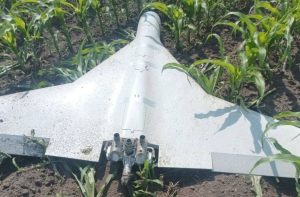
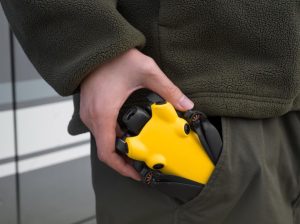

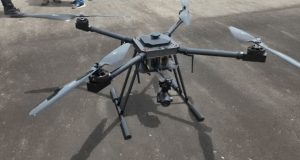

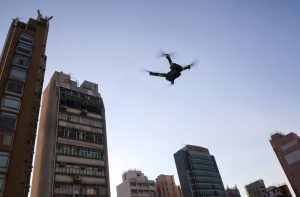
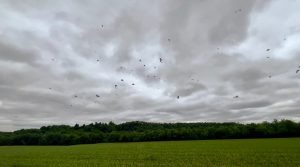
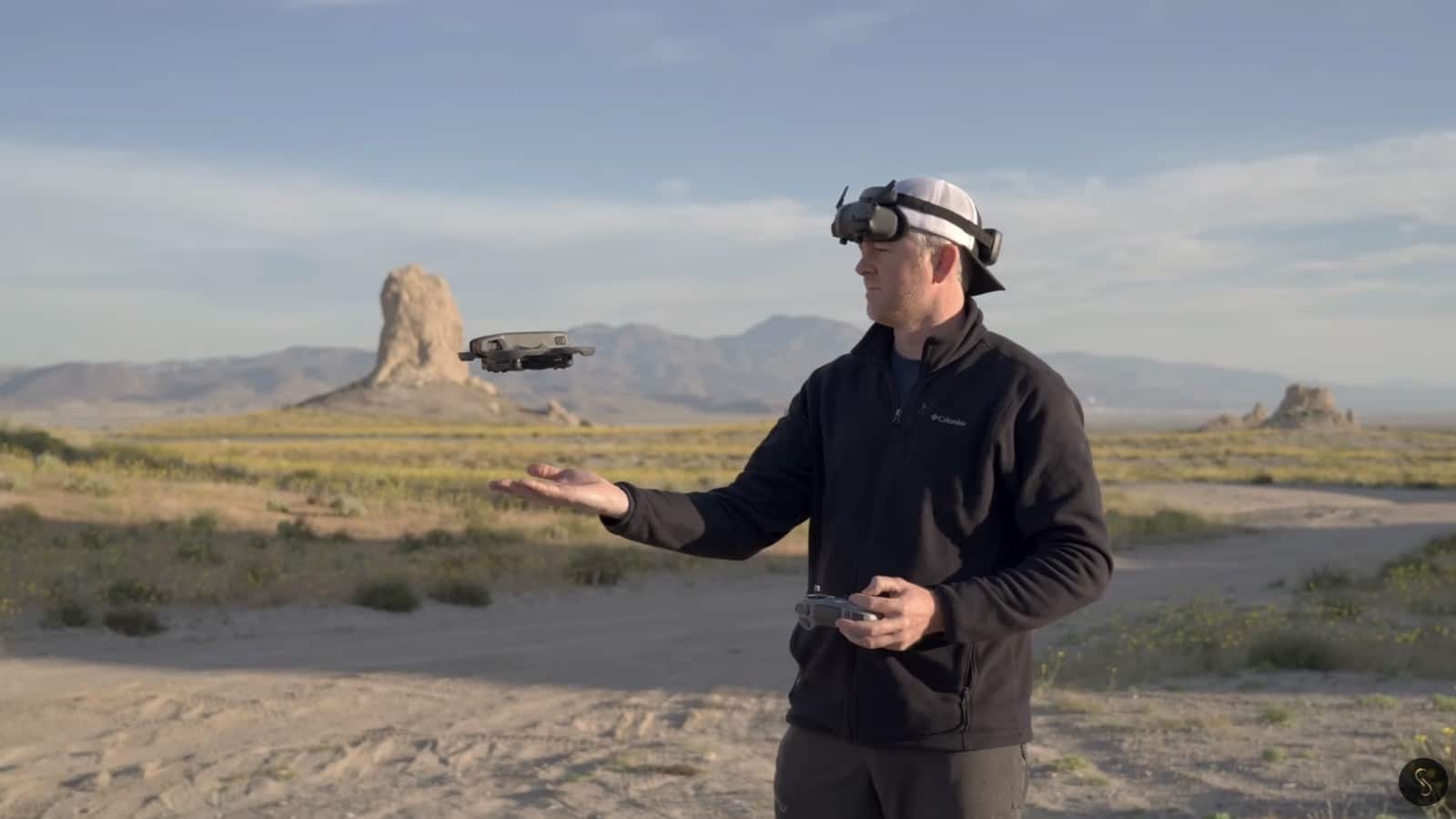


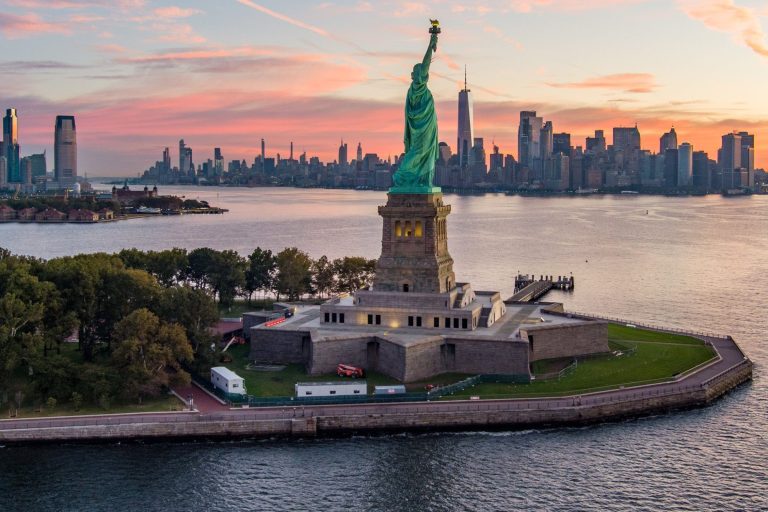
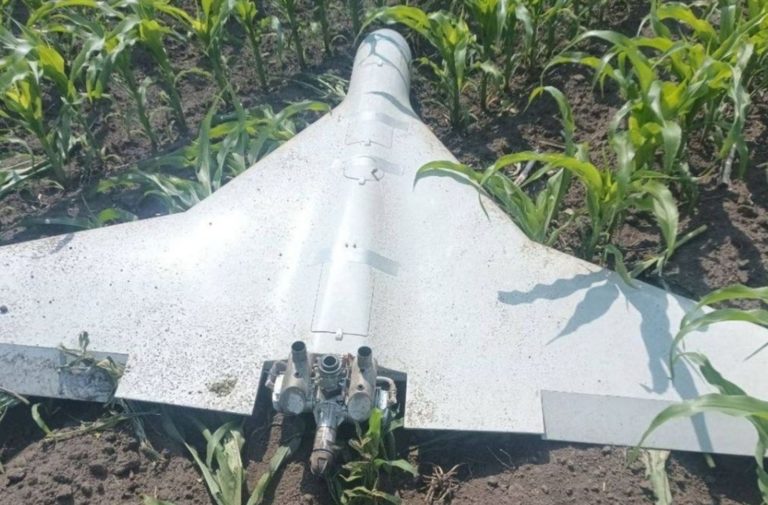

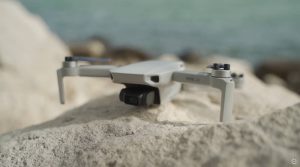
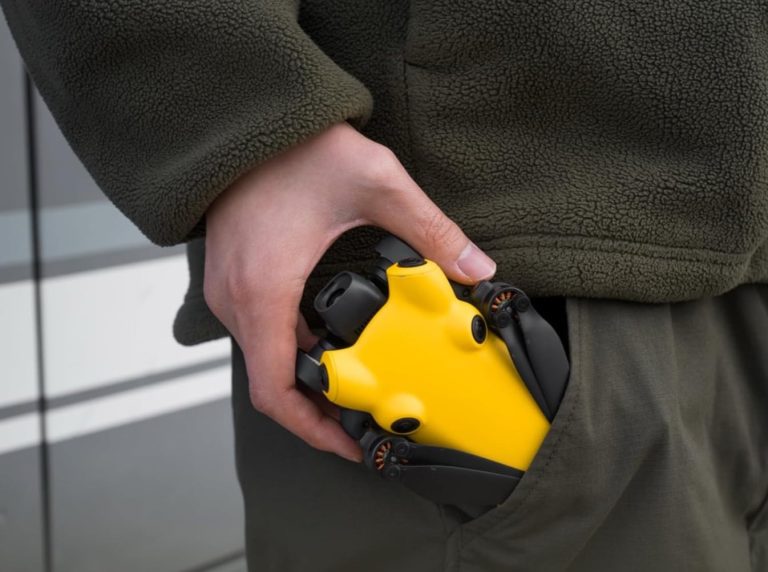
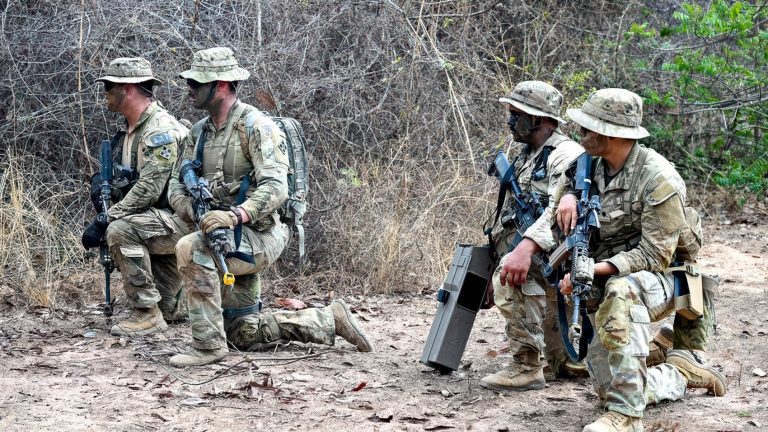
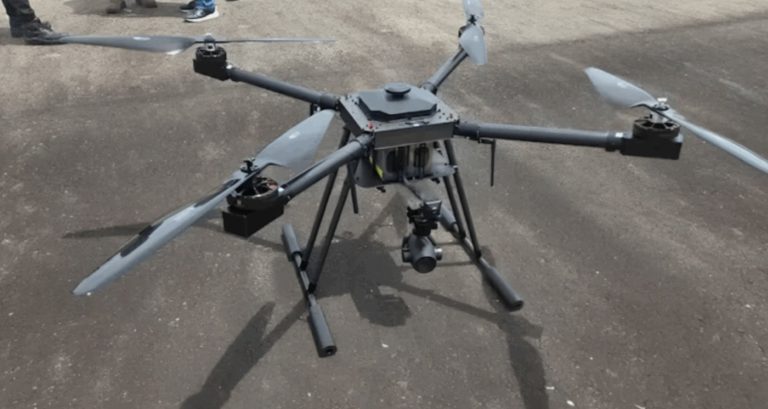

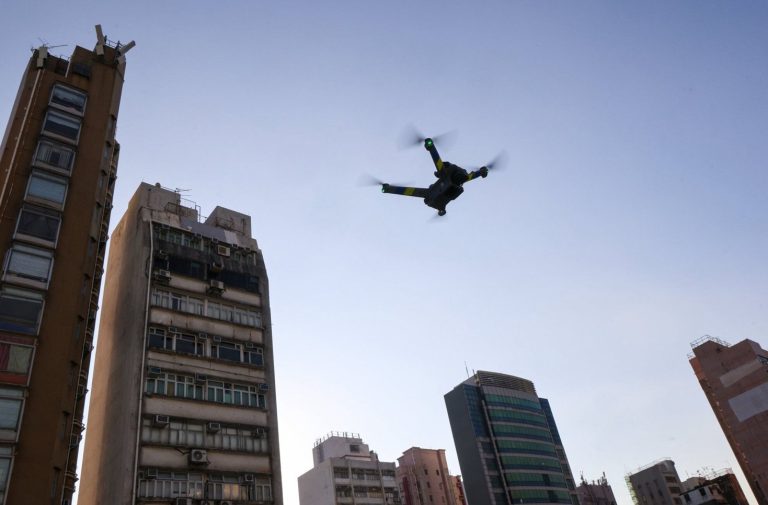
+ There are no comments
Add yours